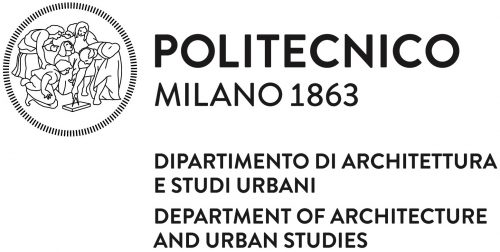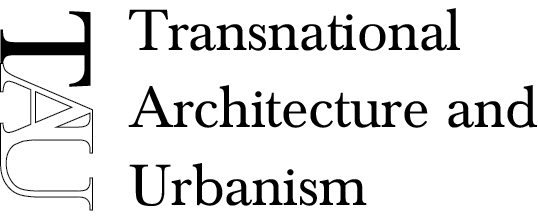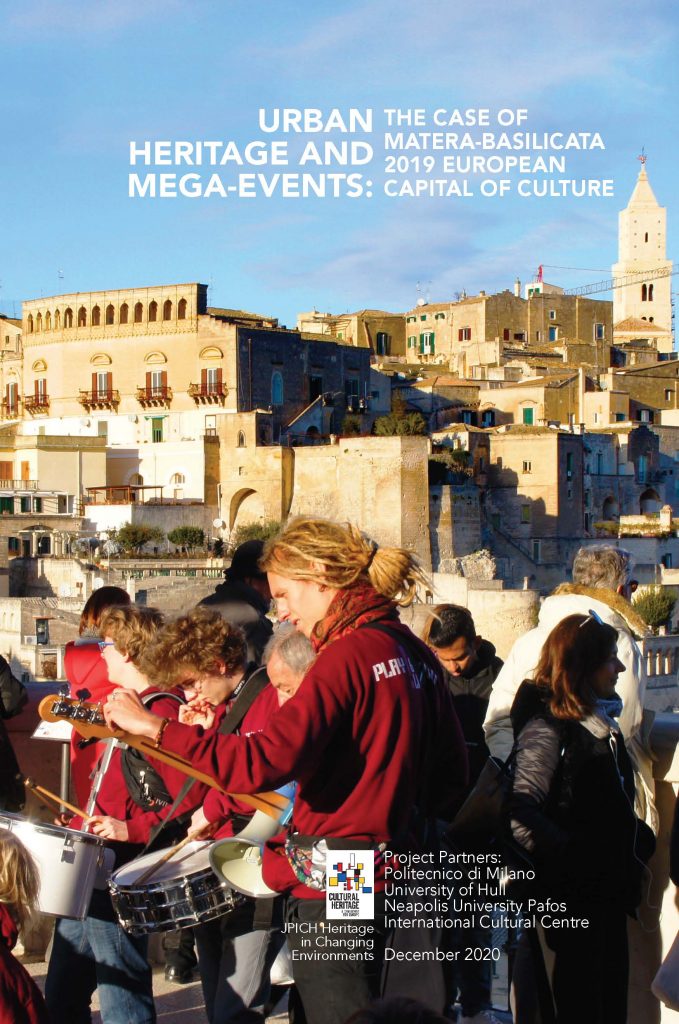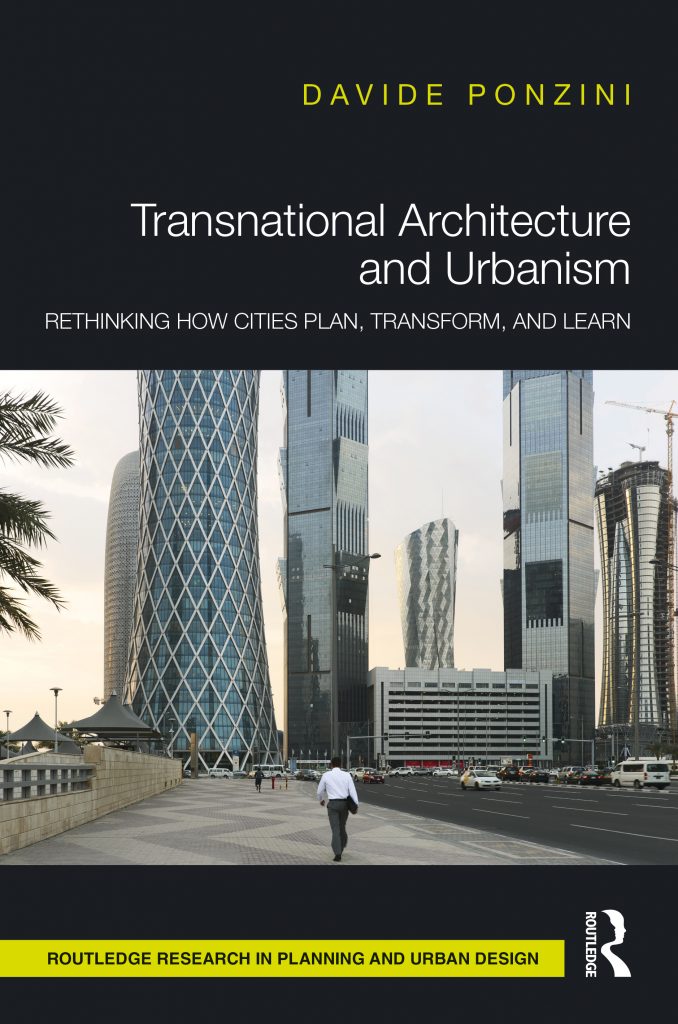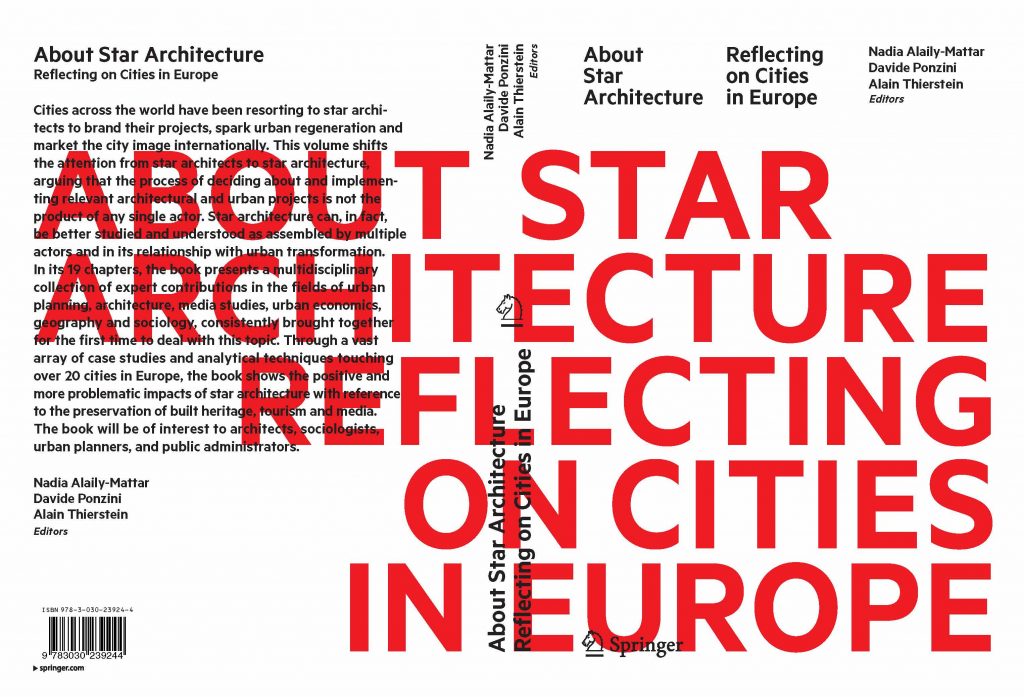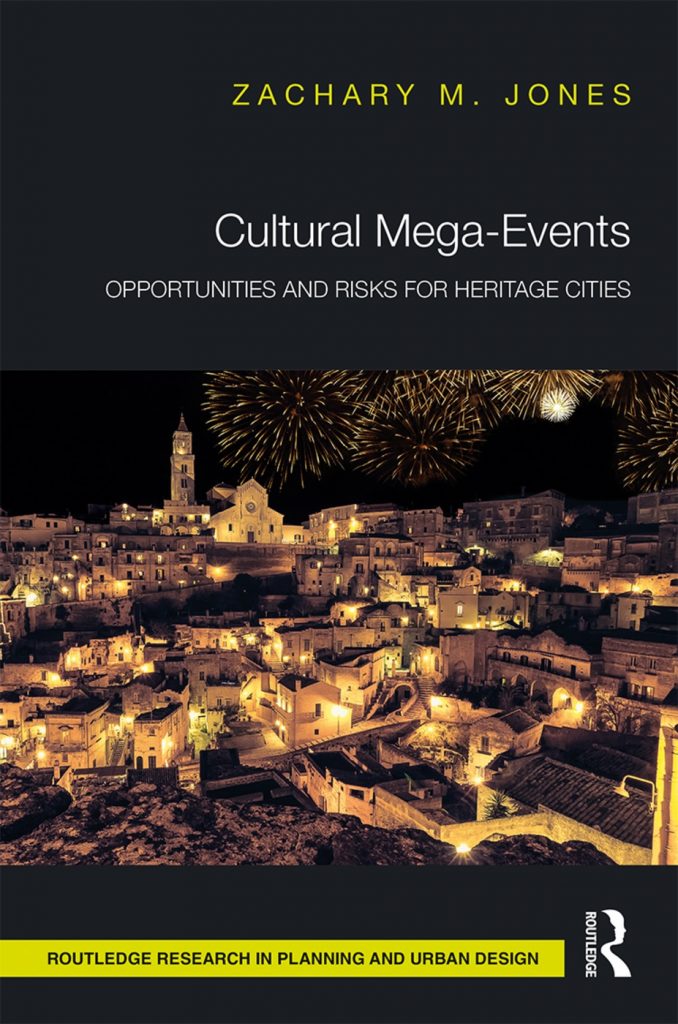This HOMEE research report investigates the nexus between mega-events and heritage by observing the case of the Matera-Basilicata 2019 European Capital of Culture before and during the celebration. As the oldest continuously inhabited city in Europe, Matera represents in many ways a heritage-rich city and shows the complexity of this heritage/event relationship. The case of the Matera-Basilicata 2019 ECoC clearly demonstrates the significant impact that events like the ECoC can have on cities, even before carrying out the yearlong program – as occurred in Matera after it won the bid in 2014. While the mega-event planning and celebration undeniably contributed to improvements (in terms of accessibility, public spaces, etc.), the impressive heritage of the city was not widely integrated with the ECoC interventions and nonetheless absorbed most of the visitors’ attention.
Category: Publications Archive
Transnational Architecture and Urbanism: Rethinking How Cities Plan, Transform, and Learn
Since the 1990s, increasingly multinational modes of design have arisen, especially concerning prominent buildings and places. Traditional planning and design disciplines have proven to have limited comprehension of, and little grip on, such transformations. Public and scholarly discussions argue that these projects and transformations derive from socioeconomic, political, cultural trends or conditions of globalization. The author suggests that general urban theories are relevant as background, but of limited efficacy when dealing with such context-bound projects and policies.
This book critically investigates emerging problematic issues such as the spectacularization of the urban environment, the decontextualization of design practice, and the global circulation of plans and projects. The book portends new conceptualizations, evidence-based explanations, and practical understanding for architects, planners, and policy makers to critically learn from practice, to cope with these transnational issues, and to put better planning in place.
Transnational Architecture and Urbanism combines urban planning, design, policy, and geography studies to offer place-based and project-oriented insight into relevant case studies of urban transformation in Europe, North America, Asia, and the Middle East.
Ponzini, D. (2020) Transnational Architecture and Urbanism
Rethinking How Cities Plan, Transform, and Learn. London, Routledge
About Star Architecture Reflecting on Cities in Europe
Cities across the world have been resorting to star architects to brand their projects, spark urban regeneration and market the city image internationally. This book shifts the attention from star architects to star architecture, arguing that the process of deciding about and implementing relevant architectural and urban projects is not the product of any single actor. Star architecture can, in fact, be better studied and understood as assembled by multiple actors and in its relationship with urban transformation. In its 18 chapters, the book presents a multidisciplinary collection of expert contributions in the fields of urban planning, architecture, media studies, urban economics, geography, and sociology, consistently brought together for the first time to deal with this topic. Through a vast array of case studies and analytical techniques touching over 20 cities in Europe, the book shows the positive and more problematic impacts of star architecture with reference to the preservation of built heritage, tourism and media. The book will be of interest to architects, sociologists, urban planners, and public administrators.
Alaily-Mattar, N., Ponzini, D., Thierstein A. (Eds. 2020) About Star Architecture: Reflecting on Cities in Europe. Cham, Springer
Cultural Mega-Events: Opportunities and Risks for Heritage Cities
Mega-events have long been used by cities as a strategy to secure global recognition and attract future economic investment. However, while cultural mega-events like the European Capital of Culture have become increasingly popular, cities have begun questioning the traditional model of other events such as the Olympic Games with many candidate cities cancelling bids in recent years. This approach to planning and developing cities through mega-events introduces a broad range of physical effects and nuanced institutional changes for cities, particularly for the more sensitive heritage areas of cities. This book explores these issues by first examining the dynamics of cities’ attempts to reduce overall costs and increase the sustainability of these large events by further embedding them within the existing fabric of the city and second by studying in depth the impact on the heritage of host cities. This book investigates three World Heritage Cities: Genoa, Liverpool and Istanbul, each of which have hosted the European Capital of Culture and introduced a variety of opportunities and risks for their heritage. The book highlights the potential benefits and challenges of integrating event and heritage planning to provide lessons that can help future historic cities and heritage decision makers better prepare for such events.
Jones, Z.M. (2020) Cultural Mega-Events: Opportunities and Risks for Heritage Cities. London, Routledge
Mega-events and heritage: The experience of five European cities
n the past, many cities used mega-events as a strategy to boost development. The creation of new facilities and infrastructures for mega-events typically targeted areas of expansion outside of historic city fabric. Today, on the contrary, mega-event organizers are increasingly opting more for the re-use of existing facilities and areas. This paradigm shift represents both a potential opportunity and threat for heritage-rich cities in Europe. This book explores the relationships between the planning and implementation of mega-events and cultural heritage through the in-depth study of five cases: Genoa 2004 European Capital of Culture, Milan Expo 2015, Wrocław 2016 European Capital of Culture, Hull 2017 UK City of Culture, Pafos 2017 European Capital of Culture. The book draws on these case studies in order to spark further research and policy debate regarding the emerging opportunities and threats for context-specific policies and projects, for long-term urban development, for cooperation among actors and capacity building at different levels, for the multiple social and cultural identities that help heritage and cities to flourish
This publication includes the National Case Studies Reports and it corresponds to one key output of WP1 (activity A1.4 in particular) in the JPICH financed project “HOMEE – Heritage Opportunities/threats within Mega-Events in Europe”.
Ponzini D., Bianchini F., Georgi-Tzortzi J.N., Sanetra-Szeliga J. (Eds. 2020). Mega-events and Heritage: The Experience of Five European Cities. Krakow: International Cultural Centre.
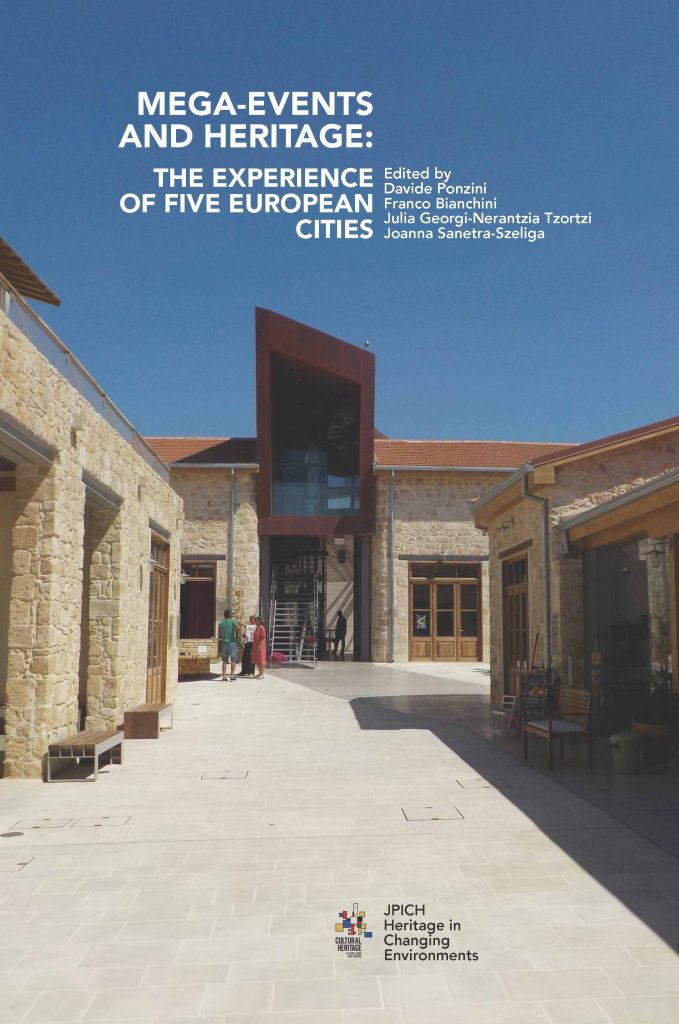
Edited by Davide Ponzini, Franco Bianchini, Julia Georgi-Nerantzia Tzortzi and Joanna Sanetra-Szeliga
Available here
